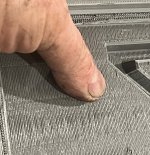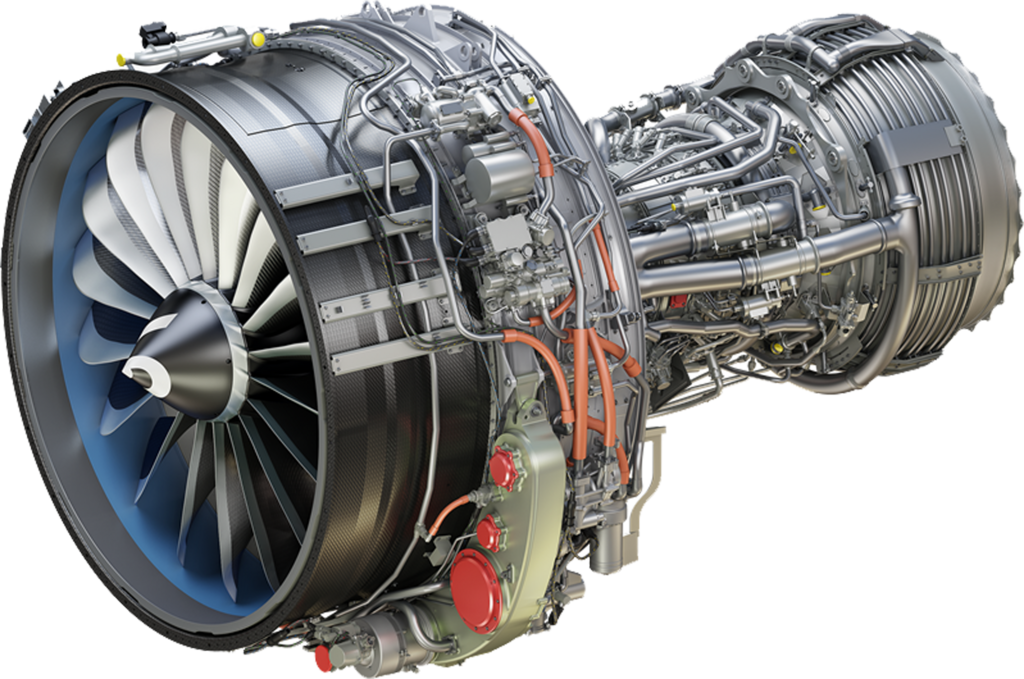BoxcarPete
Stainless
- Joined
- Nov 30, 2018
- Location
- Michigan, USA
Worst offender I ever saw was a 3D printed vise. Pictures actually looked pretty nice, until you started noticing details like the 60° threadform instead of ACME like every load-carrying lead screw for the last 120+ years. If he did the 60° profile to avoid using support between threads, that's even worse: it means the deposition layers are in the axial direction. Congratulations! You've designed the primary load-bearing member of your assembly as an anisotropic column with its weakest direction directly along the load-carrying axis!
Edit to add: That is just the worst example I've seen. Most people who are dinking around with printers don't sufficiently understand the mechanics of the end result enough to design around its shortcomings. Those people produce junk as a result, even if they bother to clean it up.
Edit to add: That is just the worst example I've seen. Most people who are dinking around with printers don't sufficiently understand the mechanics of the end result enough to design around its shortcomings. Those people produce junk as a result, even if they bother to clean it up.








